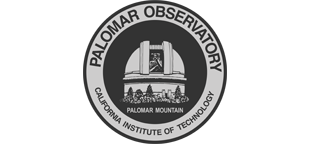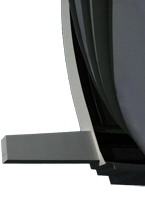
|
|

|
Digital Exhibits
Our digital exhibit collection provides an opportunity for the Observatory to highlight aspects of Palomar's history and community in focused, thematic media collections. Exhibits allow us to delve deeper into more nuanced aspects of Palomar's arc and showcase the Observatory's rich history and many cultural connections. While this exhibit collection is still small, it will continue to grow over time as we develop additional content from an expanding set of contributors.
We hope you enjoy our exhibit collection.
More in the First Palomar Astronomers exhibit page.
Russell W. Porter at Caltech
More in the Porter at Caltech exhibit page.
More in the Universe in Color exhibit page.
More in the Hale Telescope Dome exhibit page.
More in the Mirror Transit exhibit page.
Questions? We've answered many common visiting, media, and academic questions in our public FAQ page.
Please share your feedback on this page at the
COO Feedback portal.
Digital Exibits / v 0.0.6
Last updated: 17 November 2023
|
|
|